Lion (heraldry)
Videos
Page
The lion is a common charge in heraldry. It traditionally symbolises courage, nobility, royalty, strength, stateliness and valour, because historically the lion has been regarded as the "king of beasts". The lion also carries Judeo-Christian symbolism. The Lion of Judah stands in the coat of arms of Jerusalem. Similar-looking lions can be found elsewhere, such as in the coat of arms of the Swedish royal House of Bjelbo, from there in turn derived into the coat of arms of Finland, formerly belonging to Sweden.
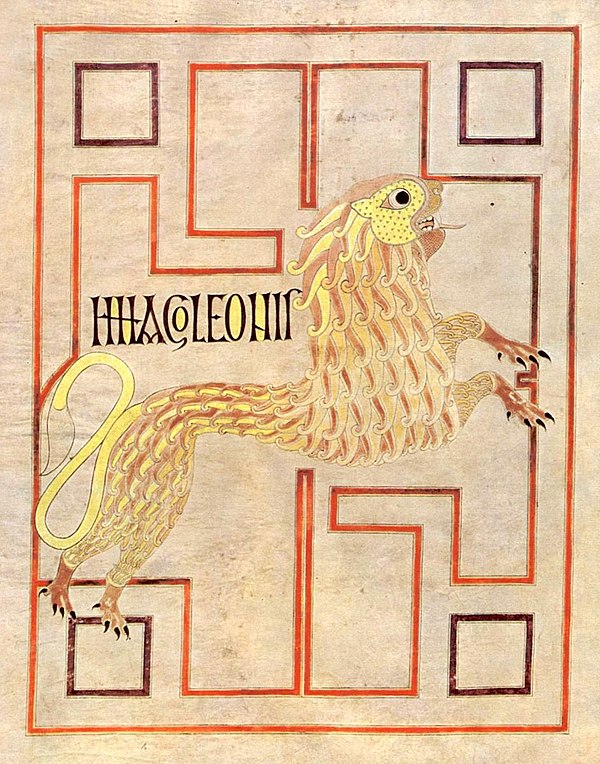
A Lion of Saint Mark, from the Echternach Gospels (late 7th century).
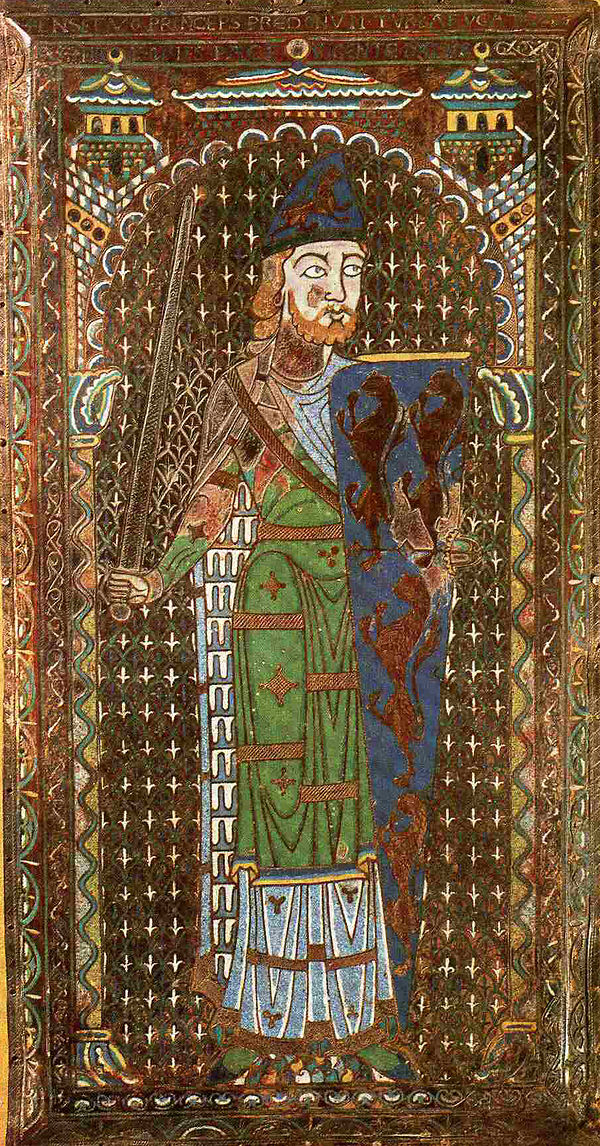
Enamel from the tomb of Geoffrey Plantagenet, Count of Anjou (c. 1160).

The shield of Conrad of Thuringia (c. 1230s), a rare example of a preserved 13th-century knightly shield, displaying the Ludovingian lion barry.

The coat of arms of the Landgrave of Hesse in the Wernigerode Armorial (late 15th century), shown as combining the lions of Hesse, Katzenelnbogen and Diez)
Heraldry
Videos
Page
Heraldry is a discipline relating to the design, display and study of armorial bearings, as well as related disciplines, such as vexillology, together with the study of ceremony, rank and pedigree. Armory, the best-known branch of heraldry, concerns the design and transmission of the heraldic achievement. The achievement, or armorial bearings usually includes a coat of arms on a shield, helmet and crest, together with any accompanying devices, such as supporters, badges, heraldic banners and mottoes.

The German Hyghalmen Roll was made in the late 15th century and illustrates the German practice of repeating themes from the arms in the crest. (See Roll of arms).
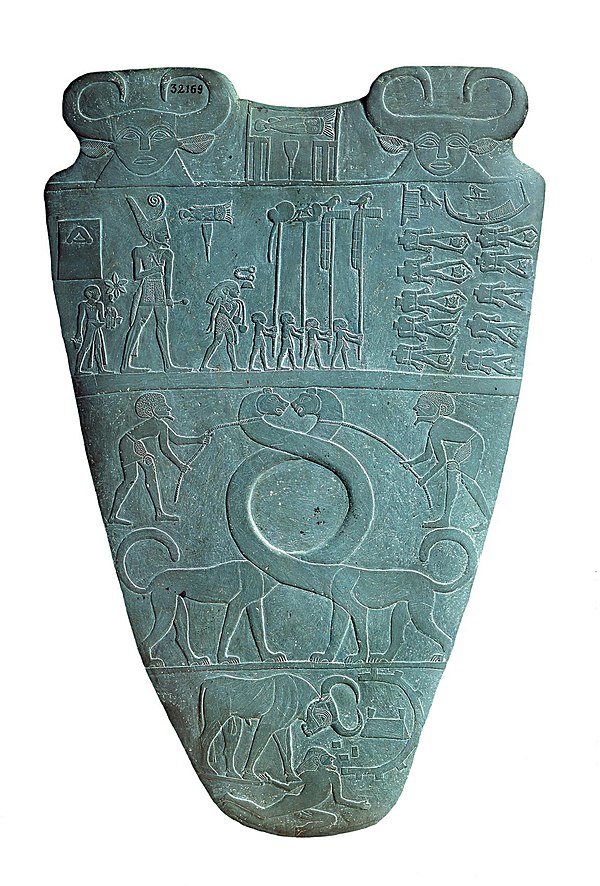
Reverse of the Narmer Palette, circa 3100 BC. The top row depicts four men carrying standards. Directly above them is a serekh containing the name of the king, Narmer.
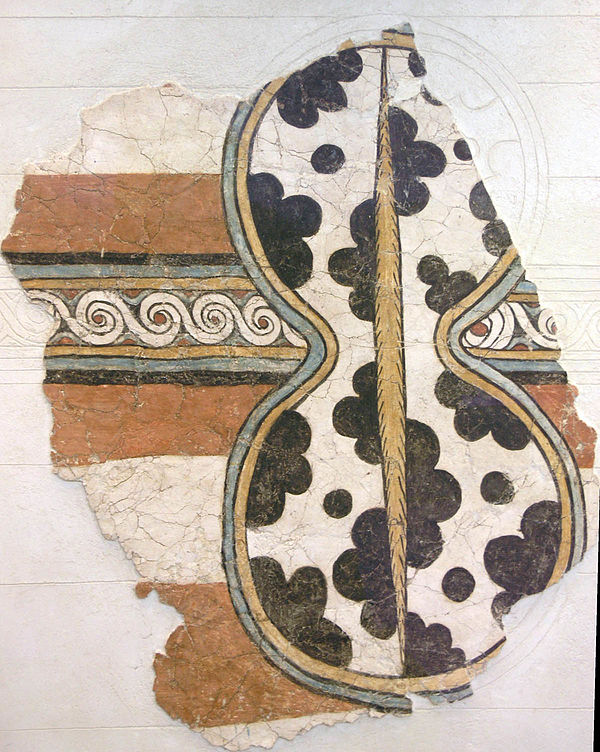
Fresco depicting a shield of a type common in Mycenaean Greece.
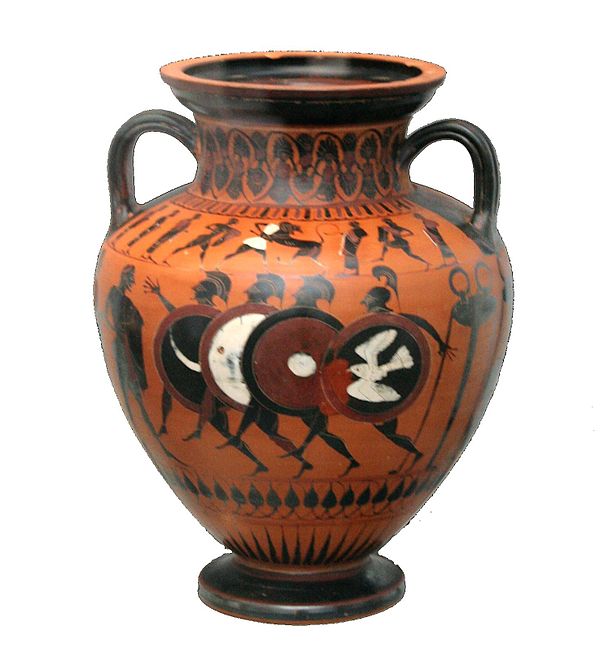
Vase with Greek soldiers in armor, circa 550 BC.